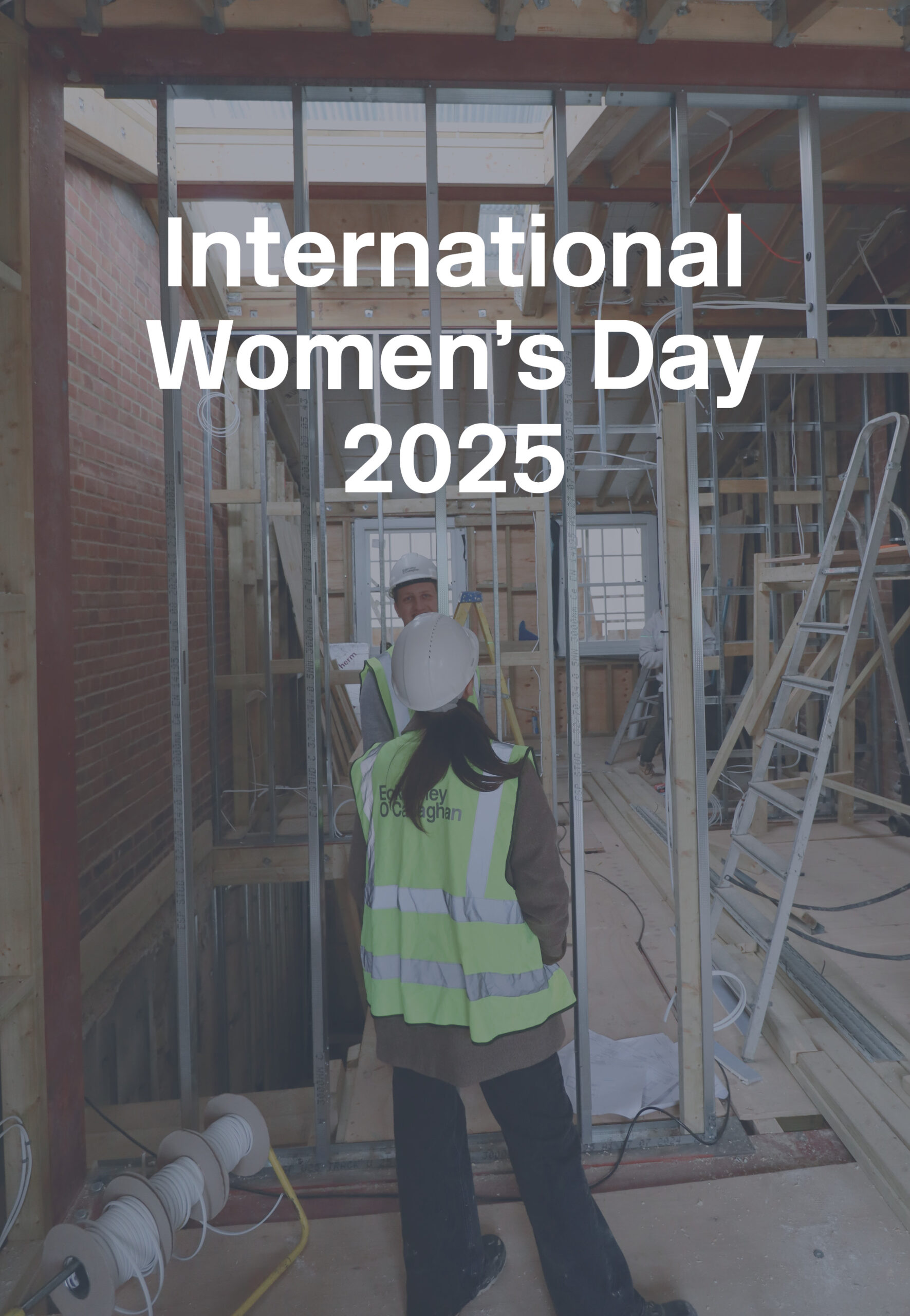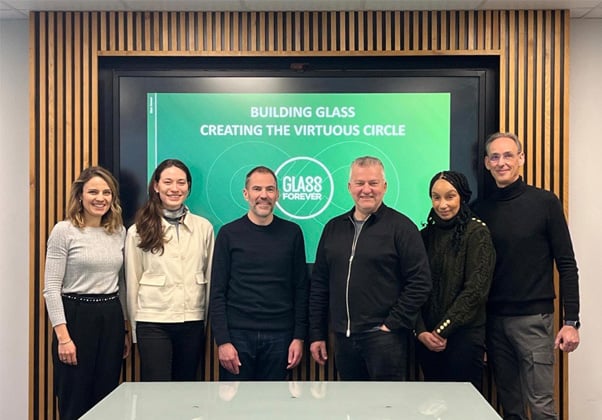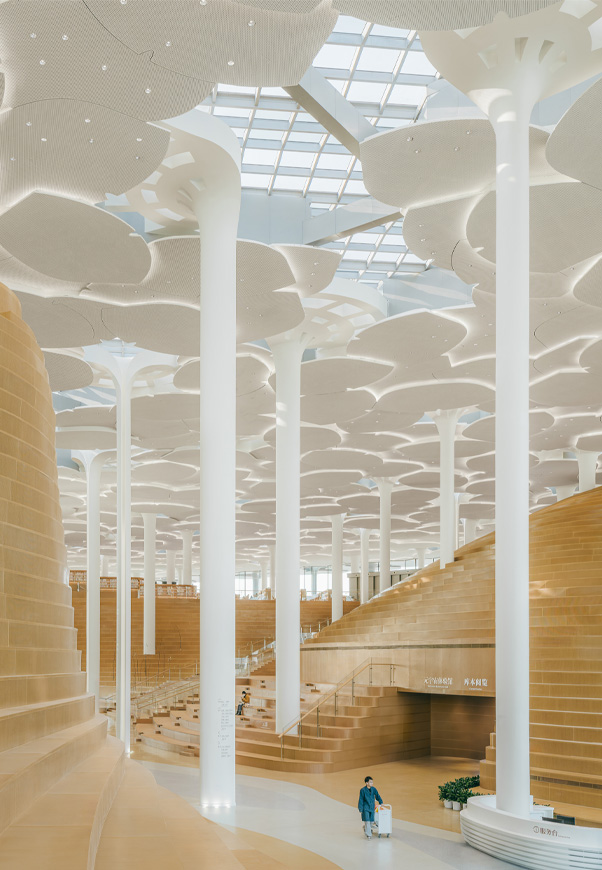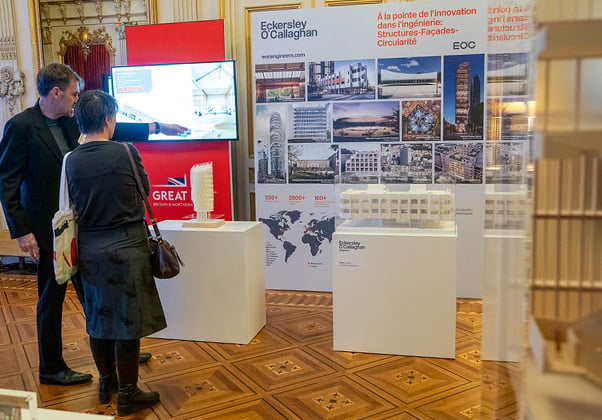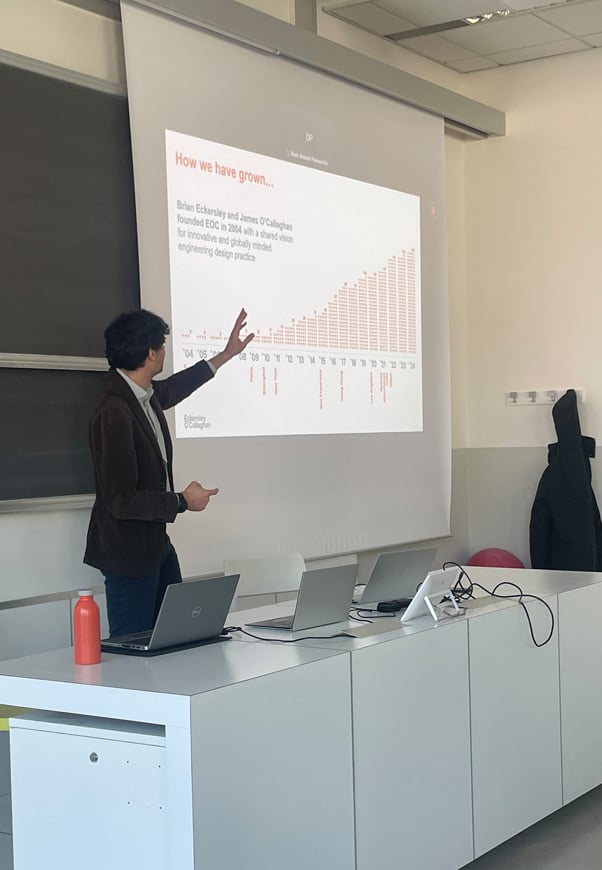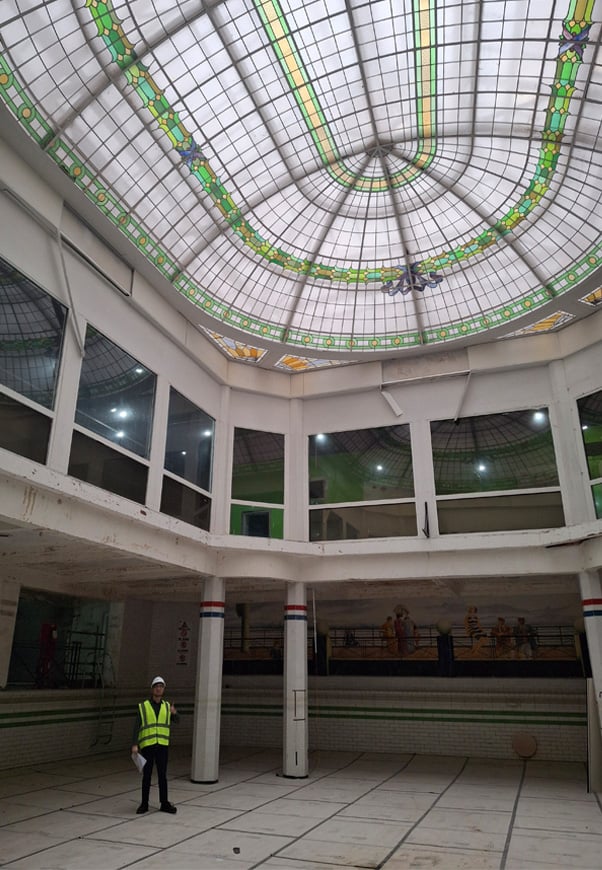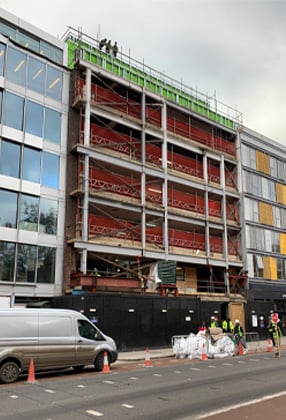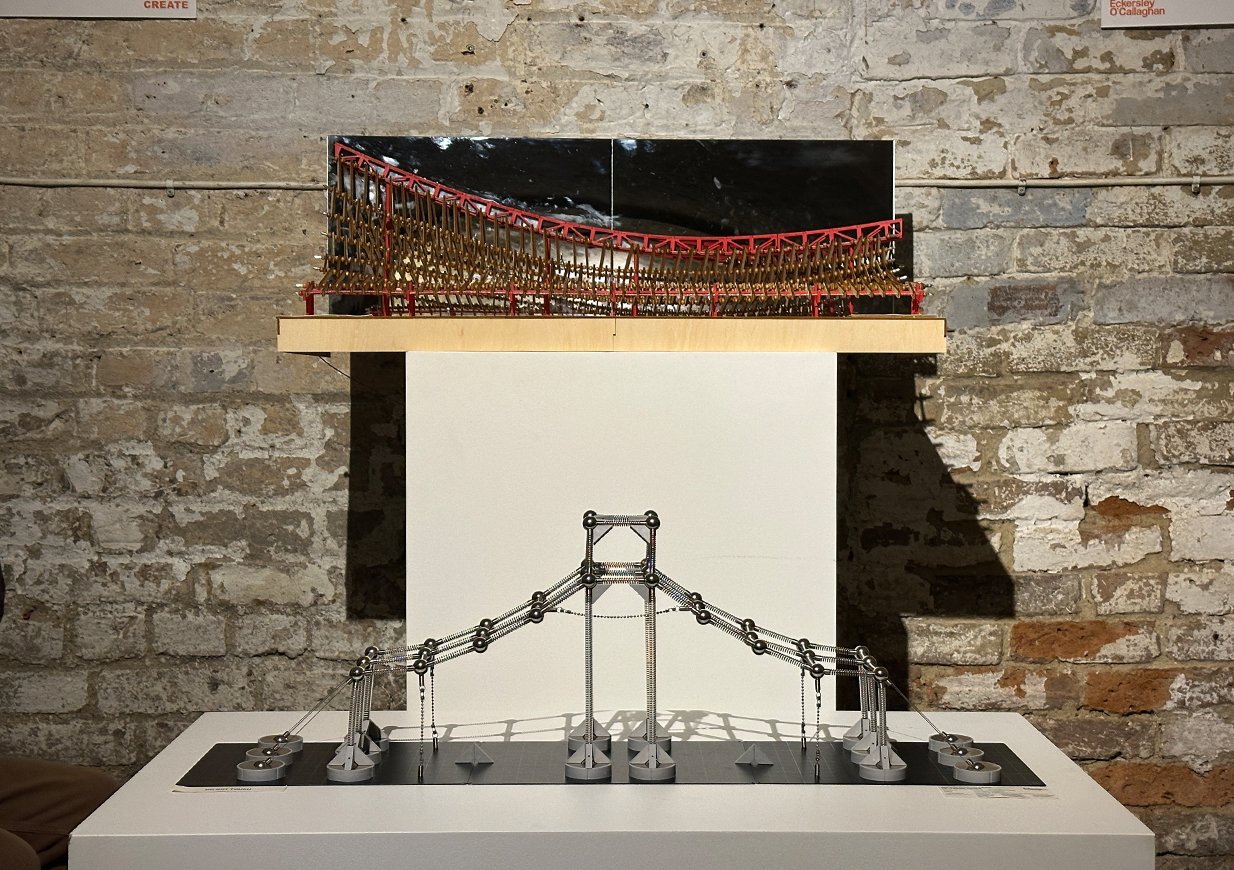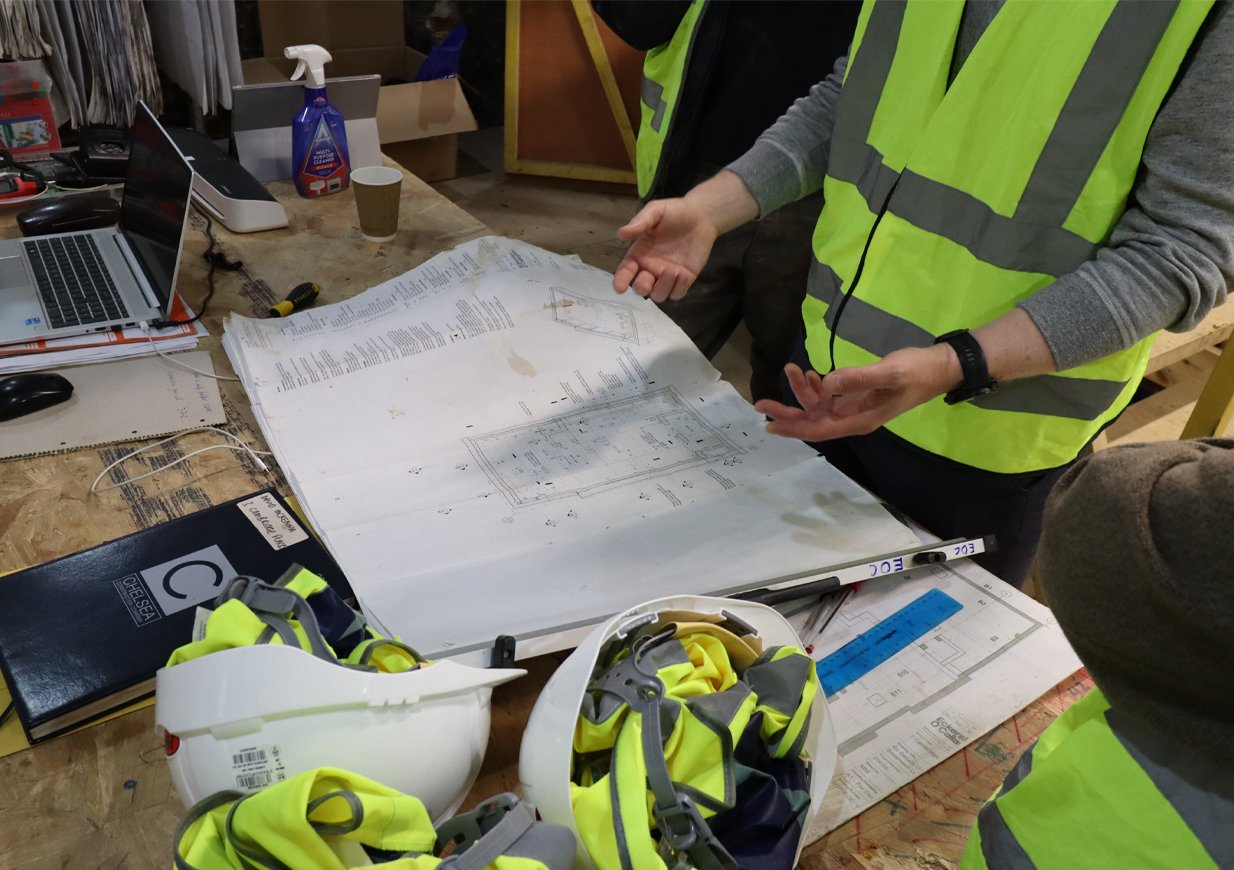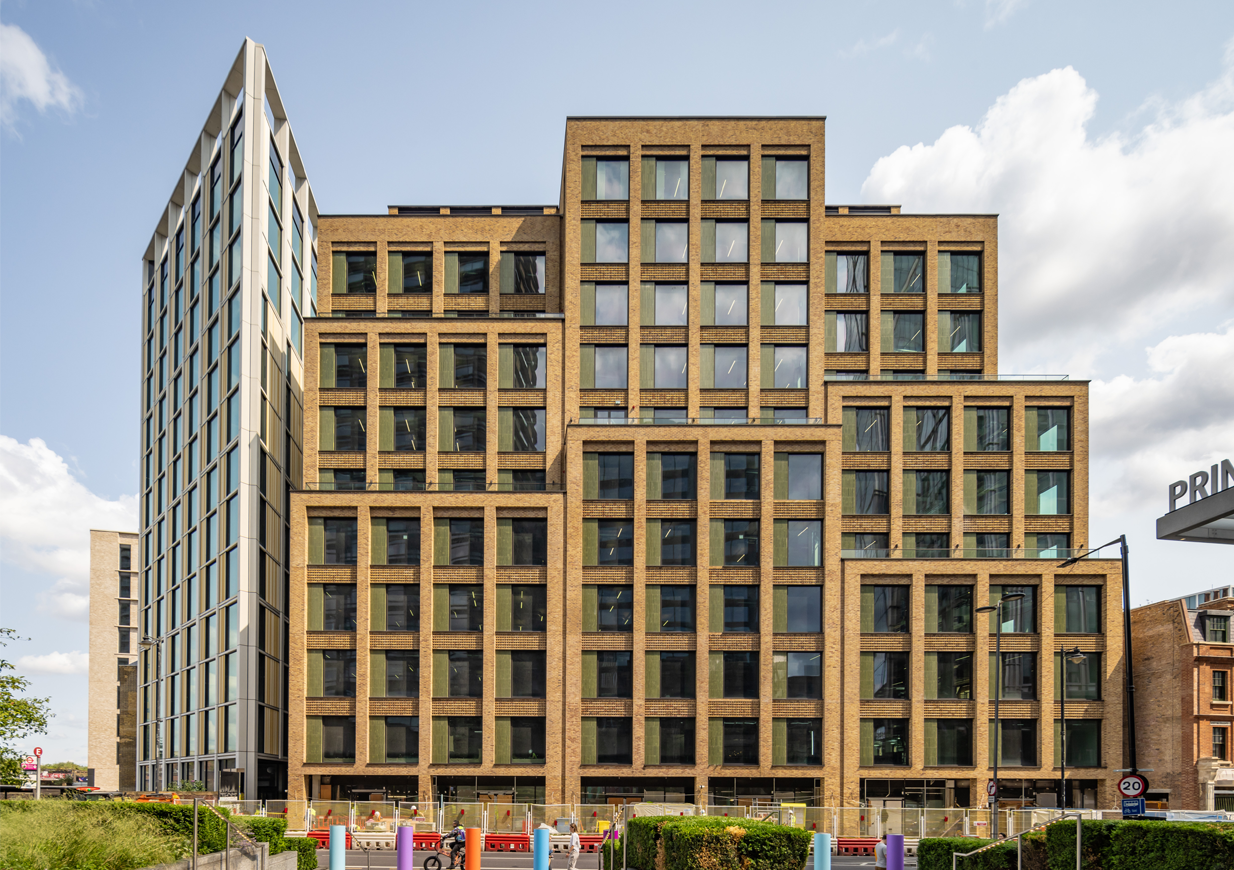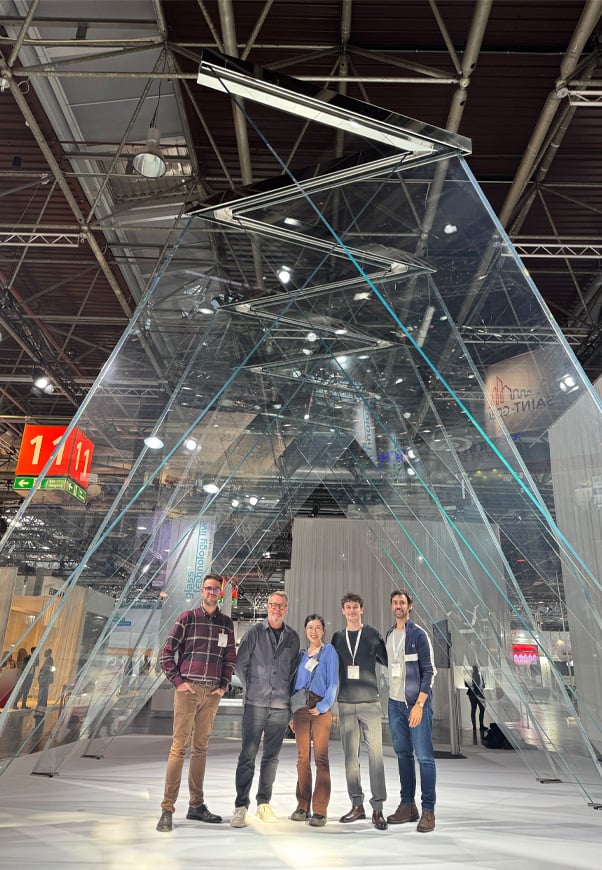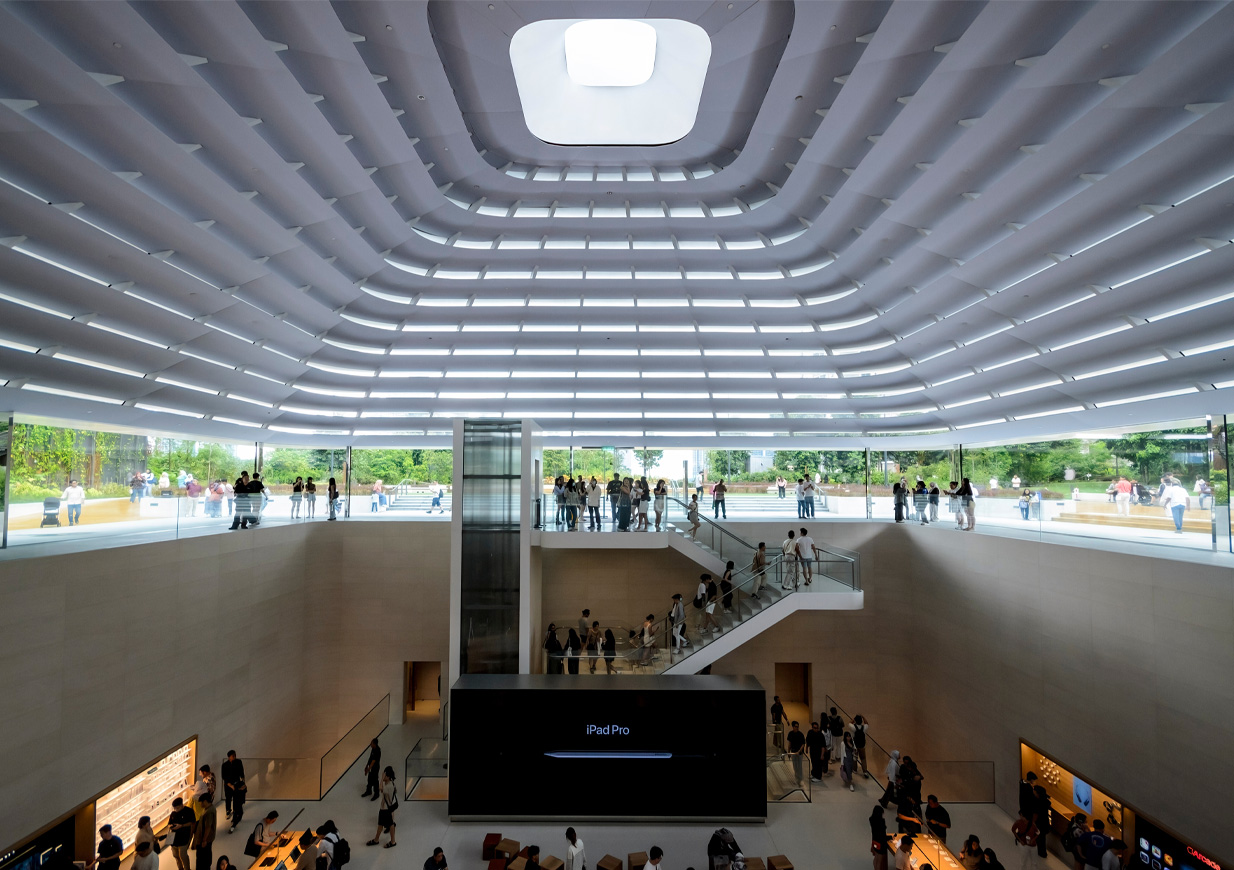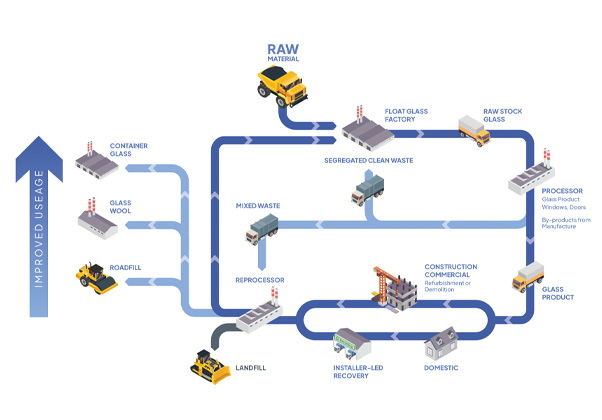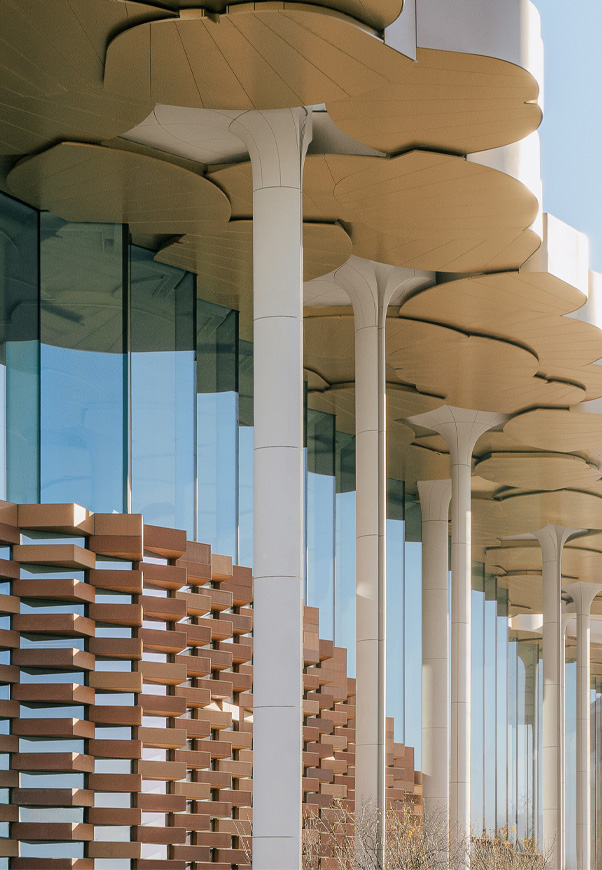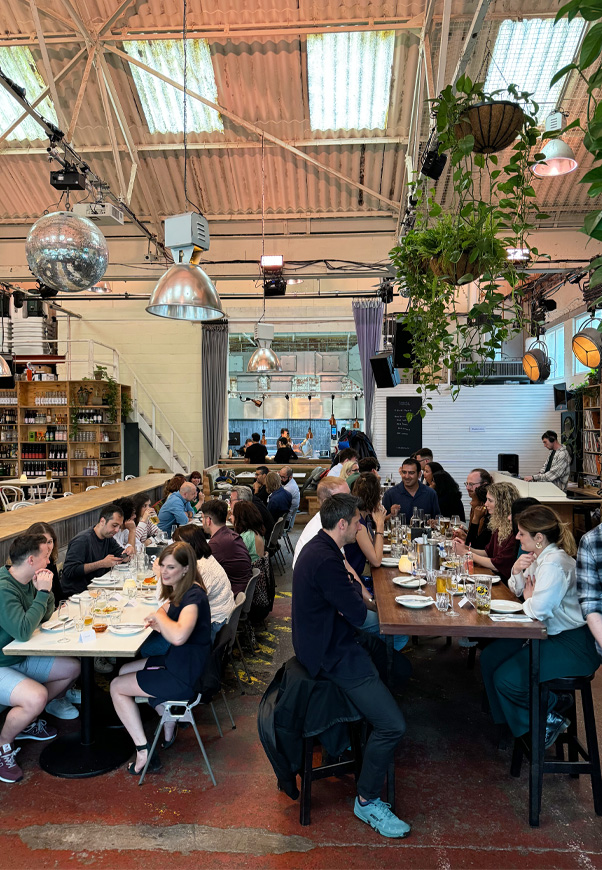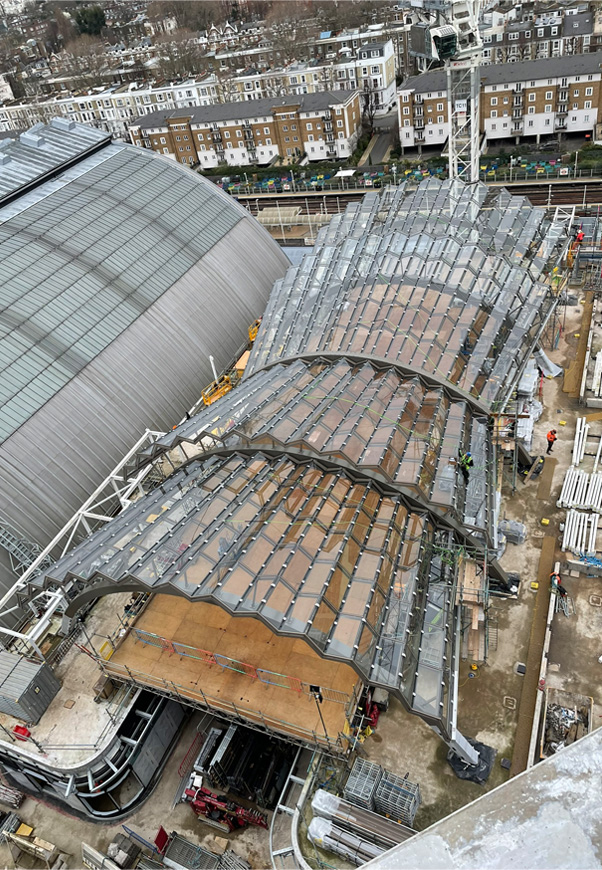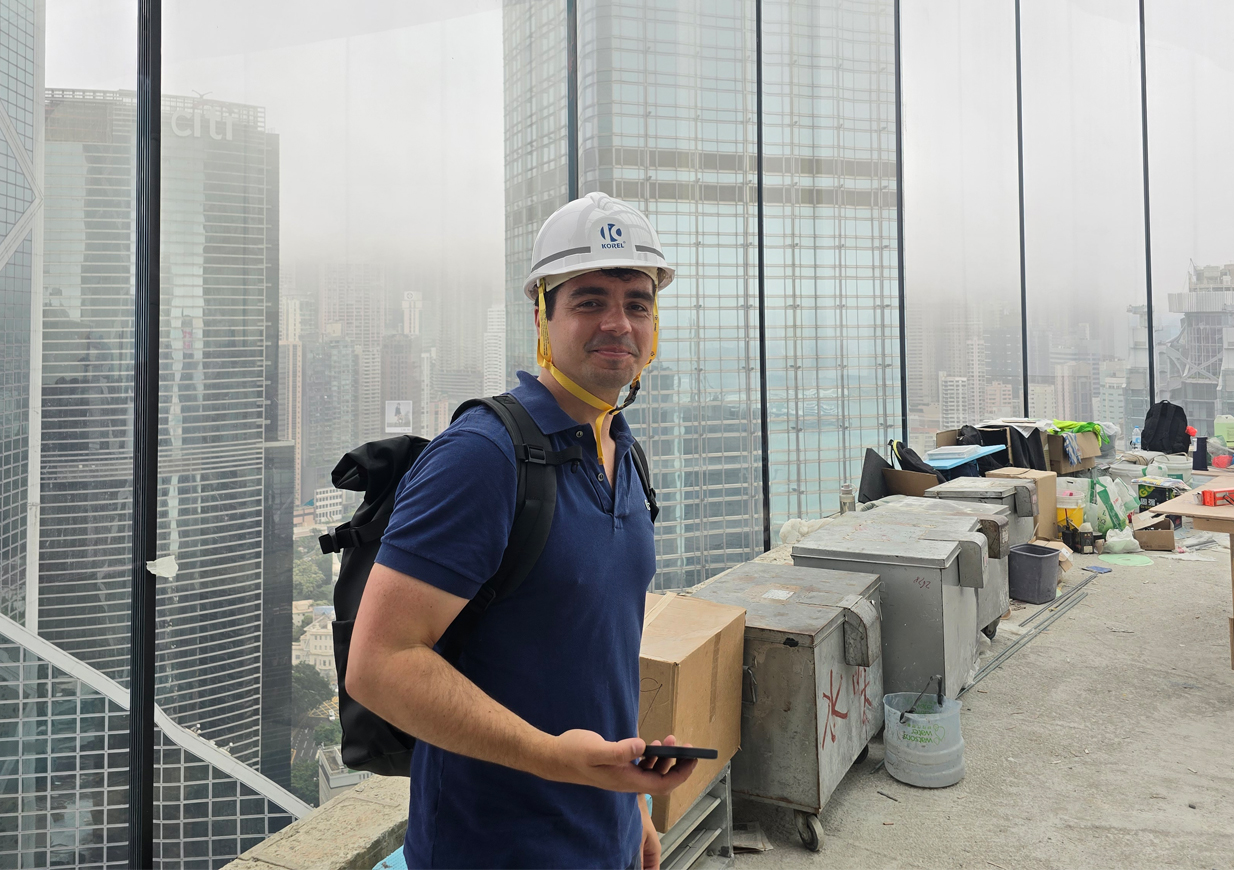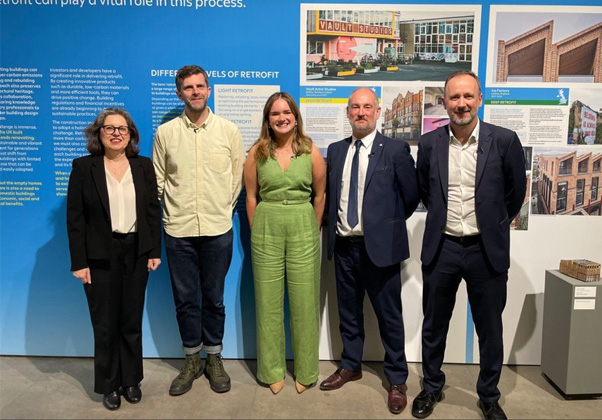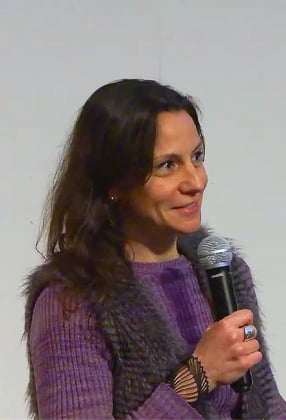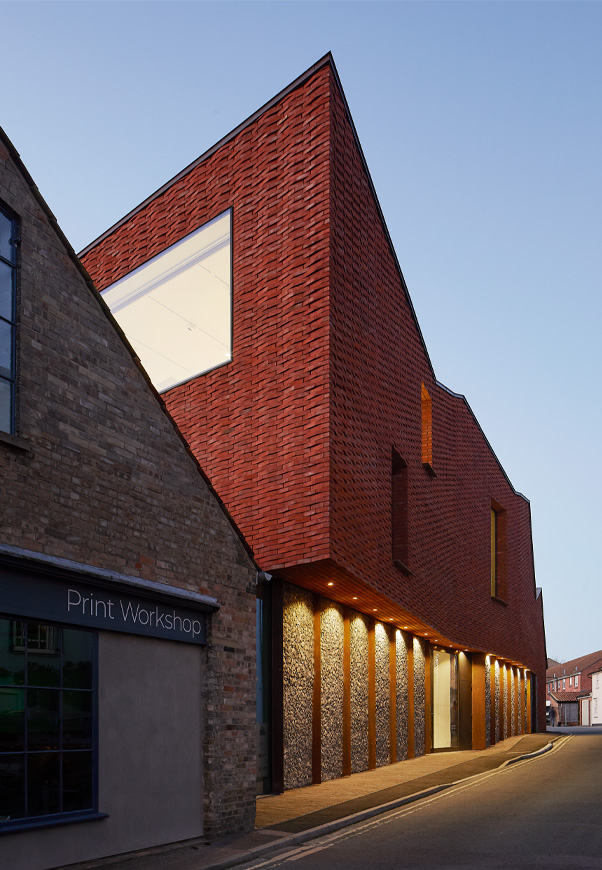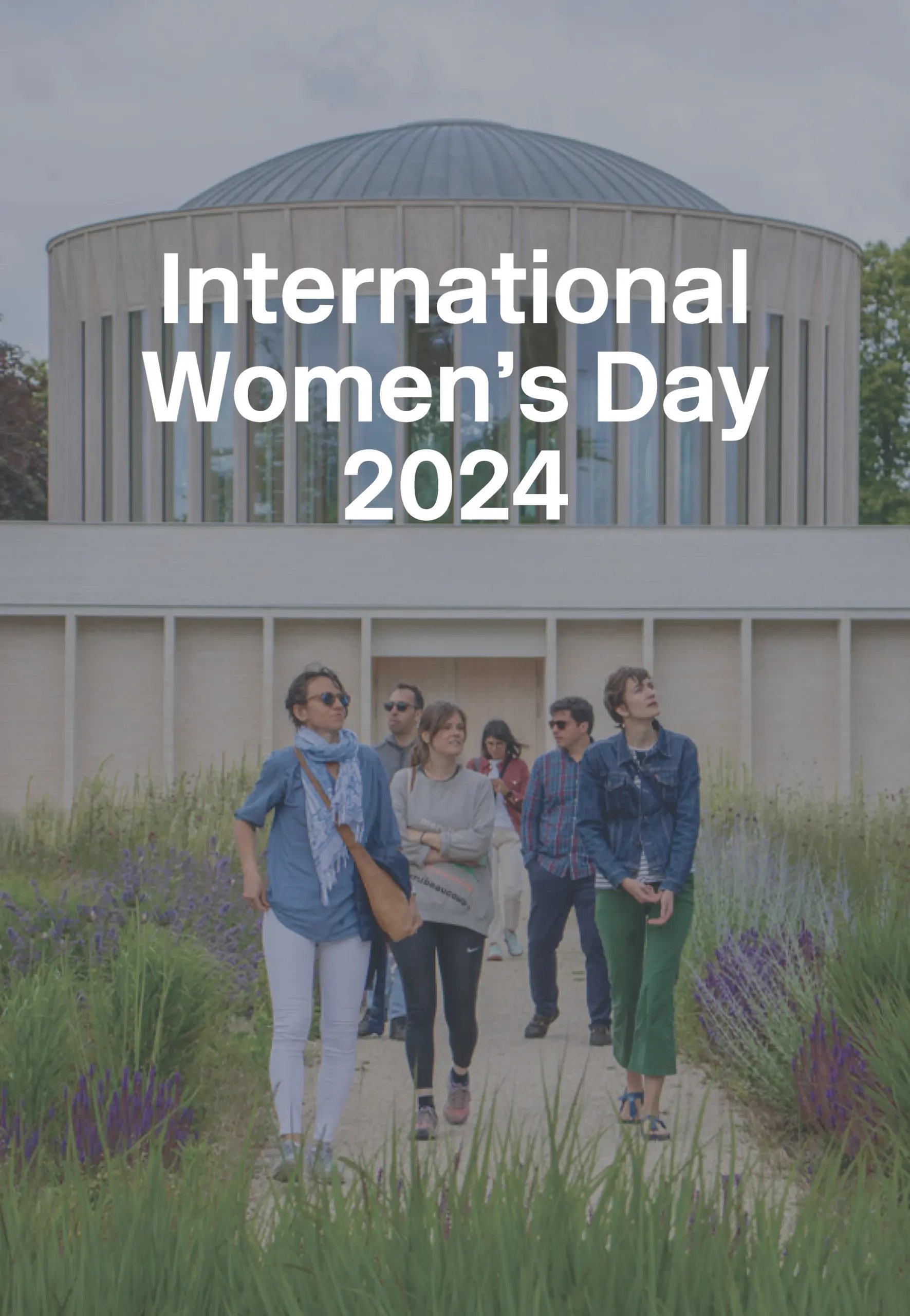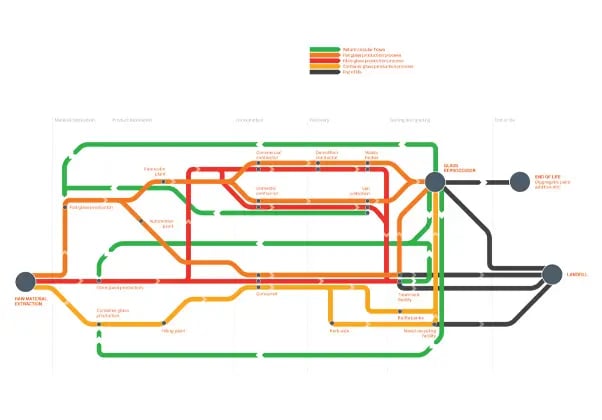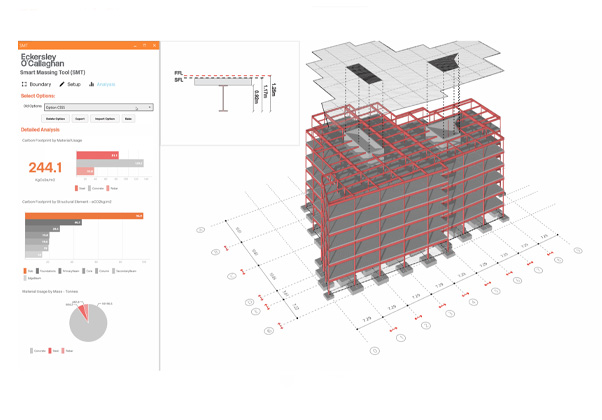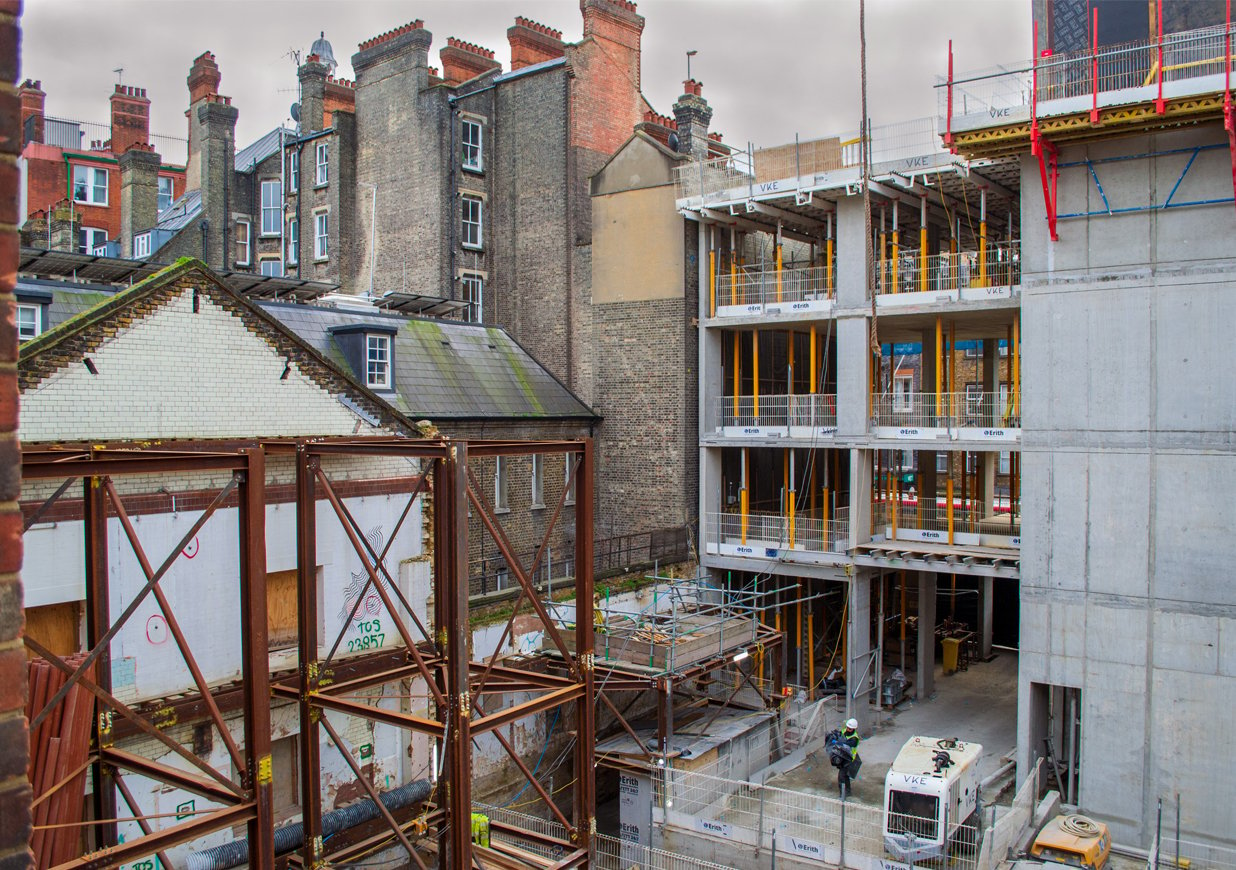Climate Friday | Building integrated photovoltaics: A new hope?
12 July 2021
24th April 2020

Solar energy is touted to be one of the lowest carbon ways of generating electricity, but yet there has been a relatively low take up of the technology. In our latest Climate Friday instalment, Associate Director Alexandros Cannas tells us how the utopian dream of having solar generation built into the fabric of our buildings could now become a reality.
“For the best part of my working life, photovoltaics which are embedded into the fabric of a building, so called building-integrated photovoltaics (BIPVs), have been an unfulfilled promise. I remember my excitement reading about them at the time I was completing my studies, yet fast-forward to today and you’d be hard-pressed to find buildings that actually make use of them.
The reasons for the low adoption rates are always complex. Cost, including return on investment, is high on the list. But, working for a practice where it is the norm to challenge the conventional and push for something different, you learn to see a little further.
Mono- or poly- crystalline cells, also called 1st generation, are essentially semiconductors fabricated in, expensive, clean room environments. Traditional solar panels use these cells as well as some BIVPs, but the technology available means they can only be flat, and it limits the size of the panel. Frankly speaking they do not look particularly nice: the cells are opaque and highly visible.
Could it be argued that the limitations imposed on the architecture are as equally important as cost for the low adoption? Could advances in the technology go some way to fixing this?
Thin-film cells, 2nd generation, are a newer entrant in the field. The cells are produced by sputtering material directly on a thin glass substrate using similar methods to how solar and thermal-control coatings are applied. With these, panel dimensions have grown and opacity can be controlled by altering the densities of the cells. This has an overall effect more like a dark coating rather than individual patches. These are important improvements to the limitations of 1st generation technologies, but widespread adoption is still lacking due to their relative inefficiency.
The current era is defined by expression of individualism and the same is true for architecture. But I believe there is a new hope with the new 3rd generation of panels.

These panels made from organic cells printed onto plastic (PET) substrates, are both exciting and promising. The cells are formed of line work, which can be manipulated in endless ways. And the organic nature of the cells and flexibility of the PET substrate, allows curving (like the recent wave of foldable OLED smartphones). On top of that, because the cells are produced individually and not deposited directly onto glass, the size of the glass panel is not limited by the PV manufacturing line.
I spend most of my time designing geometrically complex envelopes that balance performance and aesthetics. Although the performance of 3rd generation panels has yet to be proven and the efficiency is debatable when compared to previous generations, it is flexible enough not to compromise an architectural vision. And from a sustainability point of view, something should be better than nothing. A new hope awakens.”


